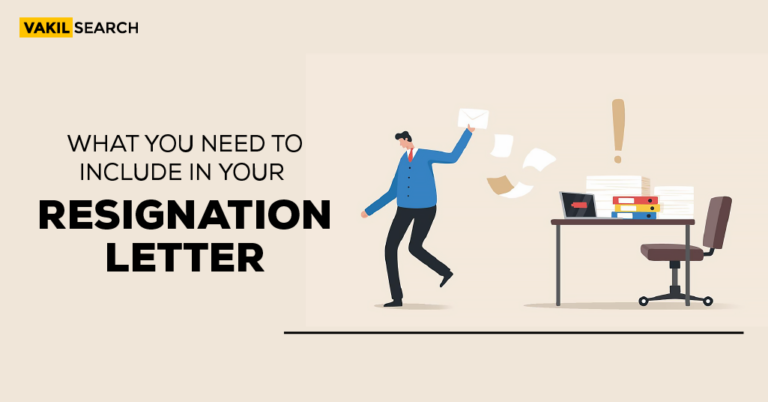Directors are often employees as well as leaders of a company. In this blog, we look at how to remove a director who is also an employee.
Remove A Director: When we talk about a company, the directors of the company are key persons who are in charge of the company’s business operations. However, there are also instances where the company’s management decides to dismiss a director owing to negligence, breach of privacy, or any other condition. If so, it’s crucial to follow the right steps, especially if the person is a director, and also an employee of your firm.
Applicable Laws For Removal Of Director Who Is Also An Employee
Getting rid of a director who is also an employee is rarely simple. Legally speaking there are two different sections of legislation involved in the removal of a director who is also an employee. Companies can be held liable under both the Companies Act and the Labour Relations Act if a director or employee is removed from office in an unfair or illegal manner.
The Labour Relations Act 66 of 1995 (LRA) sets down the procedures for terminating employment. The process for removing a director from the board of directors is governed by the Companies Act 71 of 2008 (Companies Act). The overlap in these laws creates ambiguity.
Process For Removal of Director
Directorship and employment are governed by separate legal laws with different requirements and implications. A dismissal under the LRA is defined as the termination of employment (with or without notice) by an employer. The process and terms of the dismissal should be fair.
A director should be fired for the reasons and in conformity with the conditions outlined in the Companies Act. According to Section 71 of the Companies Act, a director may be dismissed by a shareholder or board resolution in the event that, among other things, the director is incapable, has been found guilty of theft or fraud, or has disregarded or been negligent in their duties.
In order to pass this resolution, the director must have proper notice of the meeting and have a chance to voice any objections before the proposal is approved. A director who feels wronged might ask the court to review the ruling. The removal’s legality and compliance with the Companies Act’s requirements and procedures must then be decided by the court.
Difference Between Removal & Dismissal
A director’s removal from the board does not, however, inevitably result in their termination as an employee. According to the law, if an employee is being fired, the employer must adhere to the fairness standards laid down in the LRA.
There is a case law precedence regarding this. In SA Post Office vs Mampeule (2010) (LAC), the court looked at a clause in the employment contract of the Post Office which indicated that removing a director also meant that person would lose their job as an employee. The court argued that this was not possible since resignation from the board of directors and termination as an employee included two distinct procedures with unique legal requirements and repercussions.
The court differentiated between the conditions for removing a director under the Companies Act and the standards for a fair dismissal under the LRA. The court rejected the Post Office’s attempt to enter into a contract that would have prevented it from exercising the legal remedies to a director and employee in the event of their removal and/or dismissal.
What To Do If A Director Is Wrongfully Removed From a Company?
The remedies available to a director if they are unlawfully removed from the board of directors differ from those available to the same individual if they are unfairly terminated as an employee. The LRA gives a successful applicant the option of being reinstated or receiving an order for compensation for up to 12 months of pay in the event of an unjust dismissal dispute.
A director may seek damages equal to the value of the remaining years of their tenure on the board in the event that they are improperly removed from the board. Employers must make sure that the LRA and Companies Act are strictly followed before removing an employee who serves as a director from the board of directors or firing an employee unfairly because both actions may have expensive implications for the firm.
Conclusion
In a nutshell, as previously mentioned, you must give a clear notice for a set number of days if you want to remove a director from the company. Additionally, the final decision will only be made if all Board Members agree with it. The director will be given the opportunity to defend, if necessary before the Board Resolution is approved. If their decision to depart and abandon the business is upheld, the Board Resolution will be approved. However, this process of removing a director who is also an employee can be tricky because of the different laws involved for each case. Our expert team of legal advisors at Vakilsearch can be your best bet help you with the entire process in a hassle-free way!
Read More:










